Building a Scalable SaaS Pipeline with AI-Driven SDR Sequences
Discover how AI SDR sequences can transform your SaaS sales pipeline into a scalable powerhouse. Explore AI-driven efficiency and automation.
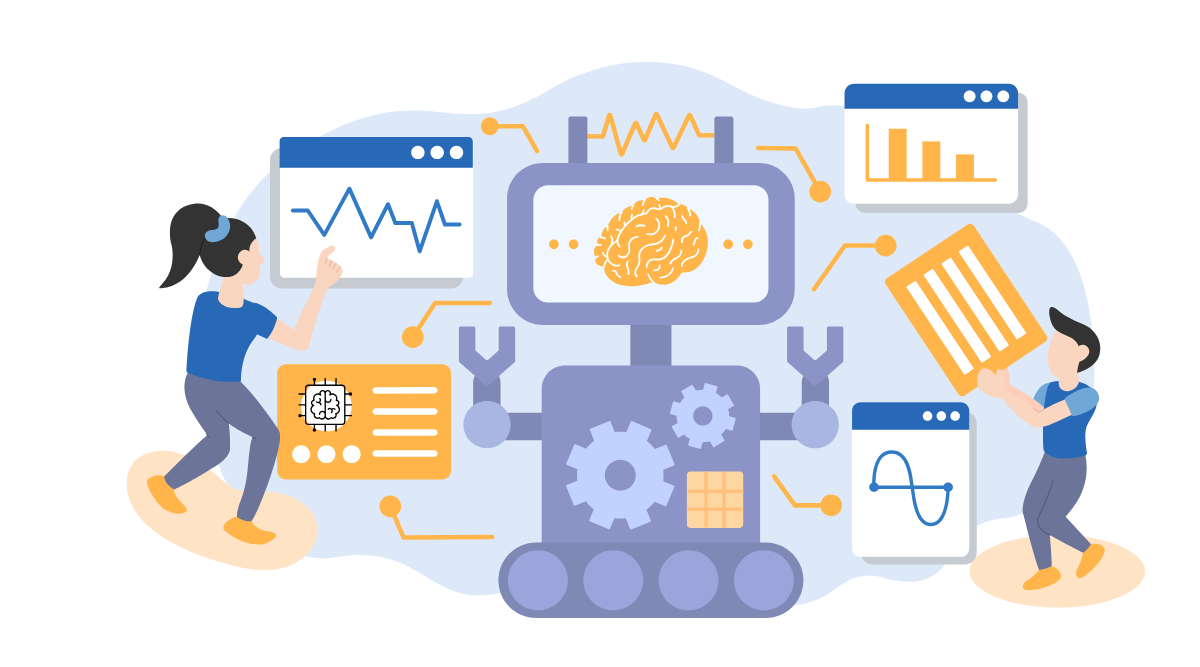
Building a software-as-a-service (SaaS) business requires an efficient sales pipeline that not only attracts but also seamlessly converts leads into loyal customers. However, creating such a pipeline is often fraught with challenges, especially when relying on traditional methods. As the digital landscape evolves, businesses are increasingly turning to innovative tools to keep pace with the competition. This is where AI-driven Sales Development Representative (SDR) sequences come into play, transforming how companies like Floworks.ai streamline their sales processes and fuel sustainable growth.
Why Traditional SaaS Pipelines Struggle
Most traditional SaaS pipelines are heavily reliant on manual processes. These pipelines often face bottlenecks due to the sheer volume of leads and the intricacies involved in nurturing each one. Lead qualification typically requires substantial human intervention, and maintaining consistent follow-up is a persistent challenge. This manual approach can hinder scalability because:
- Increased workload: Human SDRs can handle only a finite number of leads at once, leading to delayed responses and missed opportunities.
- Inconsistencies in follow-up: Different leads receive varying levels of attention depending on the SDR's workload and focus.
- Human error: Mistakes in data entry or follow-up timing can lead to lost sales.
The Role of AI in Modern SaaS
The advent of artificial intelligence presents a valuable opportunity to enhance the efficiency and scalability of SaaS pipelines. AI can automate repetitive tasks, allowing businesses to focus more on strategic activities. In the context of SaaS pipelines:
- AI can handle large volumes of leads simultaneously, ensuring timely follow-ups and reducing the chances of missing potential sales.
- Predictive analytics: AI can analyze past customer interactions to predict future behaviors, helping tailor marketing efforts more closely to individual needs.
- Natural Language Processing (NLP): This technology enables AI systems to interact naturally with leads, creating a more personalized experience without the need for direct human involvement.
Key Benefits of Automating with AI SDR
Utilizing AI-driven SDR sequences can significantly revolutionize your SaaS pipeline by offering:
- Improved Efficiency: Automation reduces the workload on human SDRs, leading to more focused and strategic engagement.
- Consistency in Engagement: AI ensures that follow-ups are timely and consistent across all leads, improving lead nurturing.
- Enhanced Data Insights: AI collects and analyzes data in real-time, providing actionable insights that can optimize sales strategies.
AI-Driven SDR Sequences: An In-Depth Look
As businesses look to modernize their sales pipelines, incorporating AI SDR sequences becomes a pivotal strategy. Understanding the intricacies of AI SDR technology is crucial for leveraging it effectively.
Understanding AI SDR Technology
AI-driven SDR technology leverages machine learning algorithms to engage leads systematically. These systems use data from multiple sources to inform interactions and improve them over time. Key components include:
- Automated Email Campaigns: AI can send personalized emails to leads at different sales funnel stages, ensuring relevant communication.
- Chatbots: Implementing AI chatbots on your website can engage visitors instantly, answer questions, and guide them toward conversion-friendly actions.
- Analysis Tools: AI-driven platforms come equipped with analytics tools that track user behavior and provide insights into what strategies are most effective.
Components of a Successful AI SDR Sequence
Creating a successful AI SDR sequence involves several critical components:
- Personalization: AI must tailor messages to the recipient’s preferences and behaviors for maximum impact.
- Timeliness: Ensuring communications are sent at optimal times to increase open and response rates.
- Call to Action (CTA) Optimization: Well-crafted CTAs guide leads through the sales funnel efficiently.
Case Studies: AI SDRs in Action
Several companies have successfully implemented AI SDR sequences to enhance their sales pipelines. Here are a few illustrative examples:
- Company A: By using AI chatbots, this company was able to increase lead engagement by 30% within six months. Chatbots handled initial inquiries, allowing human SDRs to focus on more complex interactions.
- Company B: Automating follow-up emails resulted in a 25% improvement in lead conversion rates for this organization. Personalization was key, with AI customizing each email based on past interactions.
- Company C: Leveraging predictive analytics, this business identified high-potential leads more efficiently, ultimately shortening their sales cycle and increasing revenue by 20%.
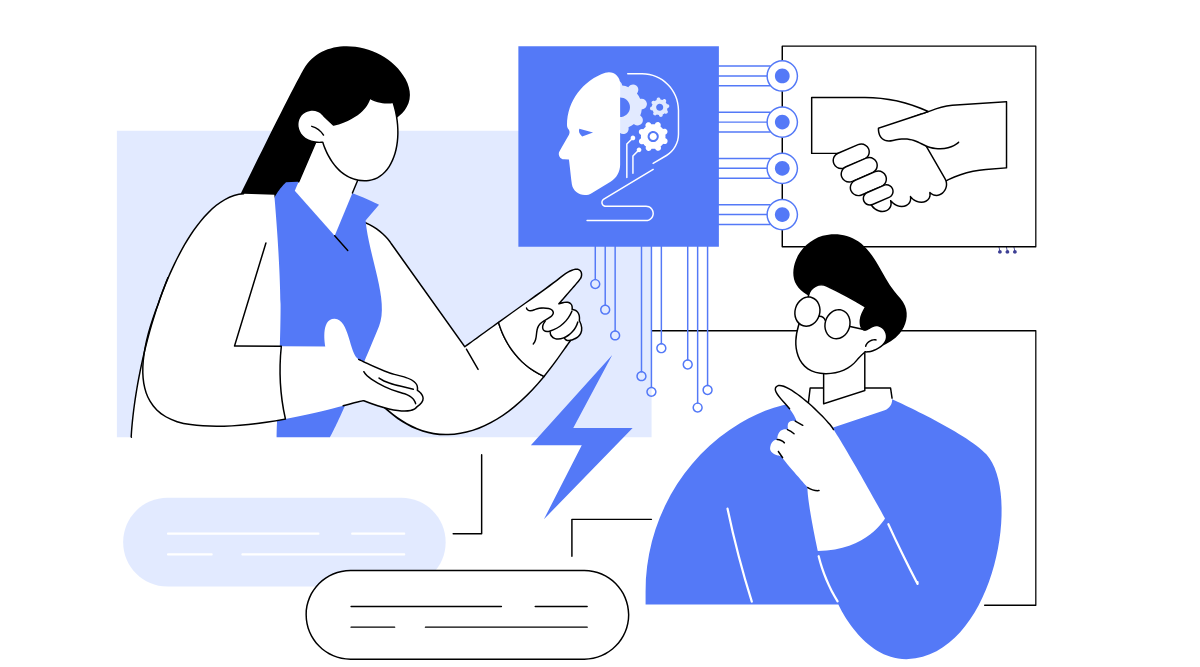
Building Your Scalable SaaS Pipeline
After understanding the technology behind AI SDRs, the next step is integrating it into your existing infrastructure. Building a more scalable, efficient pipeline involves several strategic steps.
Steps to Implementing AI SDR Sequences
- Assess Current Systems: Evaluate your existing sales pipeline to identify gaps and areas where AI can add value.
- Choose the Right AI Tools: Consider the needs of your business and select AI tools that best address those needs.
- Pilot Testing: Implement the AI SDR sequences on a small scale initially to test effectiveness and make necessary adjustments.
Customizing AI Solutions for Your Business
AI solutions should not be a one-size-fits-all approach. Tailoring these solutions to your specific business needs is critical. Consider factors such as:
- Scale: How many leads does your business handle daily?
- Complexity: What types of interactions typically occur with your leads?
- Unique Selling Points: How can AI highlight these in communications with your leads?
Integrating with Existing SaaS Systems
Integration is crucial in ensuring the new AI-driven processes work seamlessly with existing systems. Steps include:
- Data Integration: Ensure all customer data from various sources is combined and accessible through the AI system.
- Software Compatibility: Choose AI tools that easily integrate with current CRM and ERP systems to avoid disruptions.
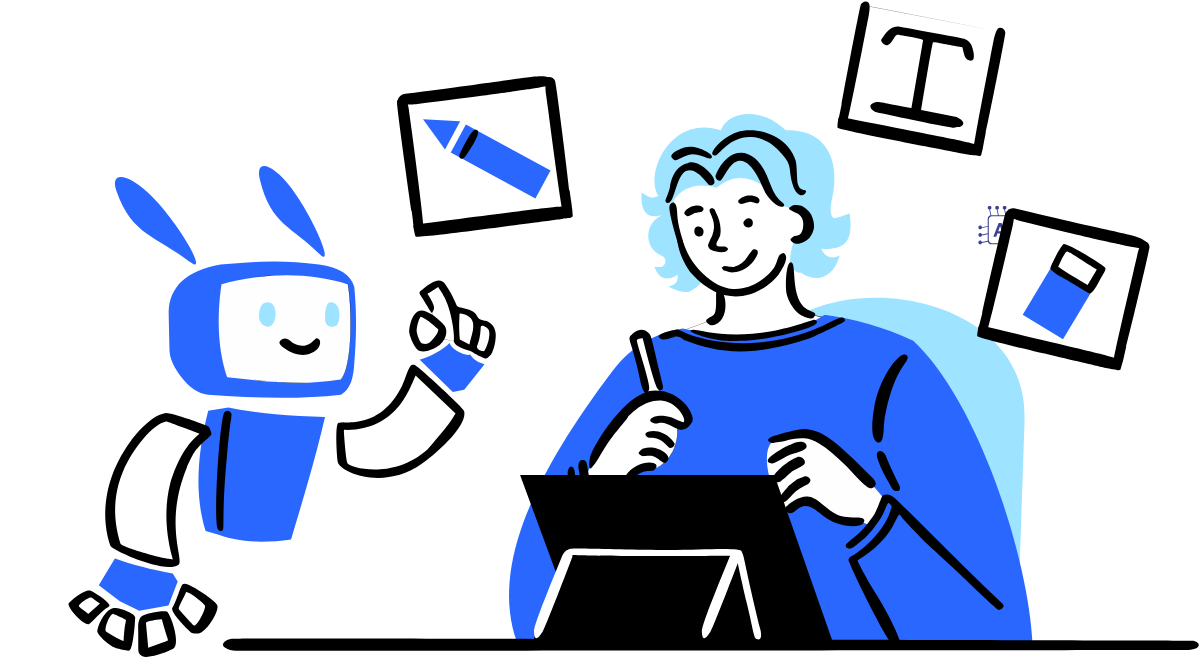
Incorporating AI into your SaaS pipeline, as Floworks.ai exemplifies, positions your business to respond more flexibly to market demands while offering a consistent, personalized customer journey. This strategic move empowers your team to focus on closing deals and driving growth, leaving routine tasks to the capable hands of AI.
Optimizing SaaS Sales with AI SDR
Integrating AI SDR sequences into a SaaS pipeline marks a major advancement, but optimizing their use is crucial for ongoing success. Here’s how businesses can enhance their sales strategies using AI SDR.
Tactics for Increased Efficiency in SaaS Lead Generation
AI-driven SDR systems can revolutionize lead generation by employing various tactics that enhance efficiency:
- Automated Lead Scoring: By analyzing behavioral data, AI can prioritize leads based on their likelihood to convert, enabling sales teams to focus on the most promising prospects.
- Dynamic Content Personalization: AI can tailor content across email campaigns, ads, and web experiences to match individual preferences, leading to higher engagement rates.
- Resource Allocation: By identifying key patterns in lead data, AI helps allocate resources more effectively, ensuring that efforts are concentrated where they matter most.
Real-Time Data Analysis and Adjustments
One of the distinguishing features of AI in sales pipelines is its ability to provide real-time data analysis that informs decision-making:
- Immediate Feedback Loops: AI can rapidly interpret customer interactions and adjust outreach strategies, enhancing communication relevance and timing.
- Behavioral Insights: By constantly monitoring user interactions, AI offers insights that help predict customer needs and tailor solutions accordingly.
- Adjusting Strategies Proactively: Equipped with real-time analytics, AI SDRs can pivot strategies rapidly to address unforeseen challenges, such as emerging competitor moves.
Ensuring Continued Growth and Scalability
Sustaining growth and scalability within a SaaS pipeline requires more than a one-time implementation of AI:
- Regular System Updates: Keeping AI systems updated with the latest algorithms ensures sustained performance and adaptability to new market conditions.
- Continuous Learning: Implementing machine learning means the system evolves based on new data sets, improving accuracy and decision-making over time.
- Integration of New Technologies: Staying ahead requires incorporating new tools that enhance AI capabilities, such as voice recognition and enhanced predictive analytics.
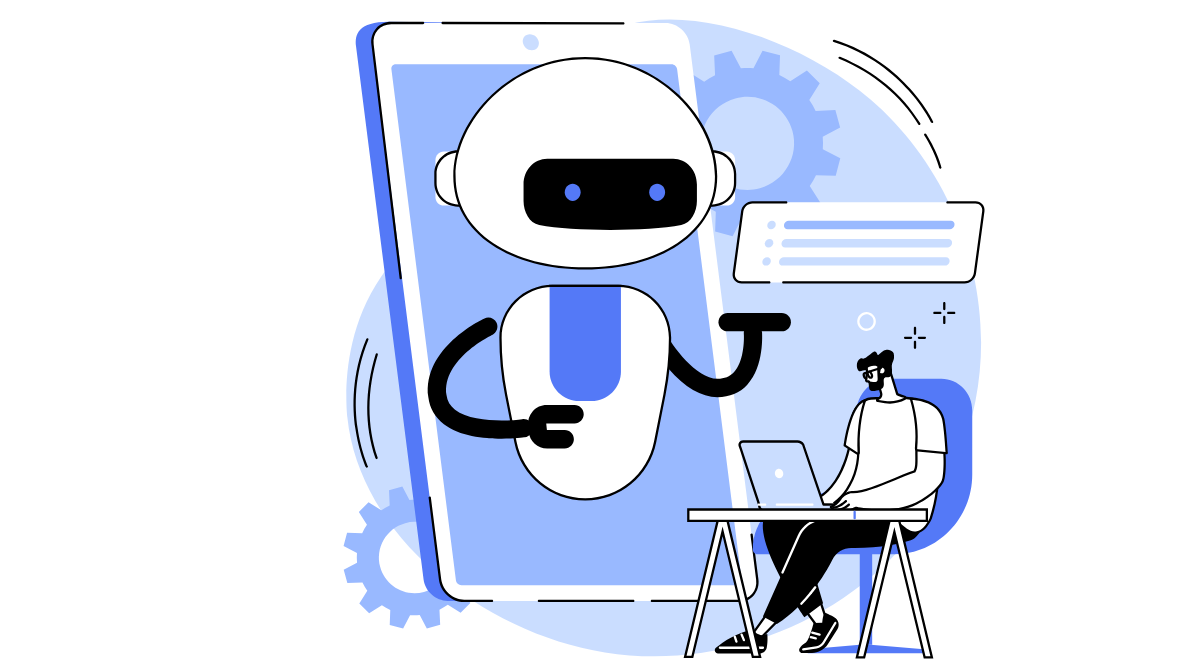
Challenges and Considerations
Adopting AI SDR sequences is not without its hurdles. Companies must be mindful of several challenges and considerations to ensure a smooth transition and ongoing success.
Overcoming Common AI Implementation Challenges
Implementing AI can present several challenges. Here is how businesses can address them:
- Technical Barriers: Many companies face difficulties in integrating complex AI systems. Partnering with experienced providers like Floworks.ai can streamline this process.
- Change Management: Transitioning to AI requires careful management of organizational culture and training employees to work in tandem with AI solutions.
- Cost Concerns: While potentially expensive upfront, AI must be viewed as a long-term investment, with cost savings achieved through increased efficiency and improved sales outcomes.
Navigating Data Privacy and Security Concerns
Data privacy is a significant concern among businesses looking to implement AI solutions:
- Strict Compliance: Ensure that your AI systems are compliant with data protection regulations, such as GDPR and CCPA, to safeguard customer data.
- Robust Security Measures: Implement multi-layer security protocols to protect sensitive information from breaches, including encryption and regular security audits.
- Customer Transparency: Clearly communicate to customers how their data will be used, which can boost trust and foster stronger relationships.
Future Trends in AI for SaaS Pipelines
Staying competitive means anticipating future trends and preparing for them:
- AI-Powered Voice Assistants: The integration of voice technology in sales processes can enhance customer experiences by providing more interactive and intuitive support.
- Hyper-Personalization: AI's ability to process large volumes of data will lead to more personalized customer experiences, encompassing every stage of the customer journey.
- AI Ethics and Trust: As AI becomes more prevalent, ethical considerations will become increasingly important. Building transparent and fair AI systems that customers can trust will be a critical focus.
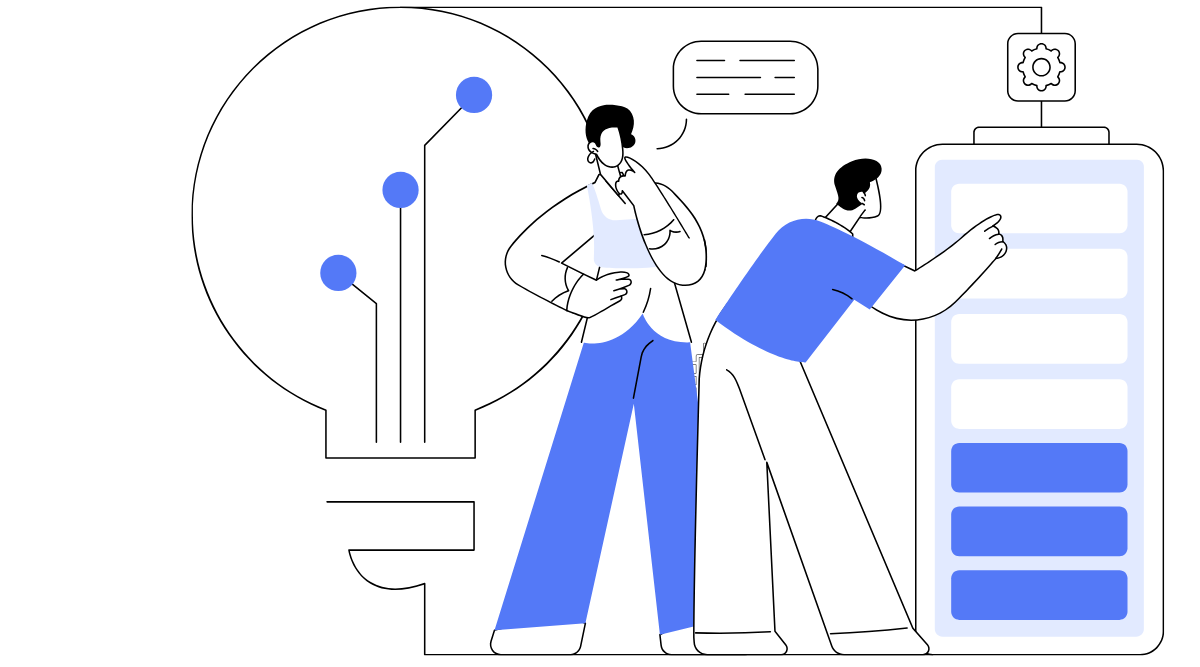
By embracing these considerations, businesses can navigate the complexities of integrating AI into their sales pipelines, ensuring they are well-equipped to harness its potential while addressing potential vulnerabilities.
Throughout these sections, we’ve explored how optimizing and thoughtfully implementing AI-driven SDR sequences creates opportunities for increased efficiency, data-driven growth, and addressing modern challenges. Floworks.ai stands ready to support businesses in integrating these advanced technologies, facilitating more informed sales strategies that propel long-term success.
Conclusion
The integration of AI-driven SDR sequences into your SaaS pipeline is more than just a technological upgrade—it's a strategic necessity for businesses aiming for expansion in an increasingly competitive market. At Floworks.ai, we understand the challenges you face and the immense potential AI holds to transform these challenges into opportunities. By harnessing the power of AI, you can manage leads more effectively, personalize interactions, and make data-driven decisions that boost overall sales efficiency.
Through the lens of real-world examples and detailed implementation strategies, we've explored how AI SDR sequences can redefine the sales landscape for SaaS companies. By automating routine tasks, improving data accessibility, and enabling timely engagements, these AI sequences ensure that your sales team is focused on high-value tasks that drive growth.
As you consider adopting AI into your processes, begin by evaluating your current sales systems and identifying areas where AI can add value. Customize your AI solutions to fit the nuances of your business, keeping in mind the need for seamless integration with existing SaaS tools. Stay informed about the latest developments in AI to continue optimizing your pipeline.
Embrace AI as a partner in your sales journey. Bridge the gap between technology and human insight, and transform your SaaS pipeline into a robust system that not only meets the demands of today but anticipates the challenges of tomorrow. At Floworks.ai, we're here to support you in creating a sales experience that is both efficient and impactful, helping you achieve consistent growth without compromising quality.
FAQ
How Does AI Improve SaaS Sales Processes?
AI enhances SaaS sales processes by automating repetitive tasks, ensuring timely follow-ups, and analyzing customer behavior. With AI, businesses can handle multiple leads simultaneously, reducing bottlenecks and allowing sales teams to focus on closing deals and building relationships. Predictive analytics, a core feature of AI, helps tailor sales strategies to meet individual customer needs, increasing conversion rates.
Can AI SDRs Replace Human Interaction?
While AI SDRs excel at managing routine interactions and data analysis, they are not a replacement for human engagement. The strength of AI lies in its ability to handle high-volume, low-complexity tasks, freeing up human SDRs to focus on nuanced, high-touch scenarios that require empathy and adaptive thinking. AI should be seen as a complement to human efforts, enhancing the overall sales strategy.
What Companies Are Successfully Using AI in SaaS?
Numerous companies have effectively integrated AI into their sales operations. Industry leaders such as Salesforce, HubSpot, and Zendesk have pioneered AI-driven systems, achieving significant improvements in lead management and customer engagement. These companies leverage AI for everything from chatbots to sophisticated data analysis tools, setting new standards for efficiency and personalization in the SaaS space.
How Do I Choose the Right AI Tools for My Business?
Selecting the right AI tools involves understanding your business needs, evaluating existing sales processes, and identifying areas where AI can create the most impact. Consider factors such as the volume of leads, the complexity of customer interactions, and technological compatibility with current systems. Conducting pilot tests with a small-scale implementation can provide insights into the most effective tools before full-scale deployment.
What Are Common Challenges in Implementing AI SDR Sequences?
Implementing AI SDR sequences can present challenges such as data integration issues, resistance from sales teams accustomed to traditional processes, and concerns about data privacy. Address these challenges by ensuring thorough training and support for your team, selecting AI tools that align with existing systems, and adhering to data protection regulations. Continuous monitoring and adjustment of AI strategies will help mitigate these challenges and lead to successful implementation.


